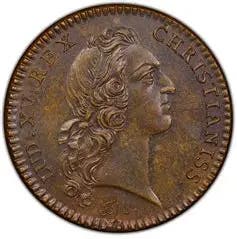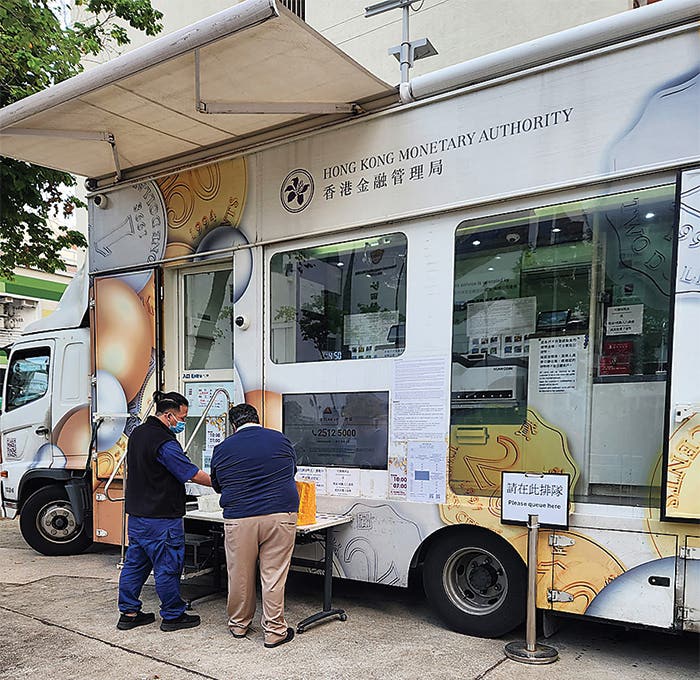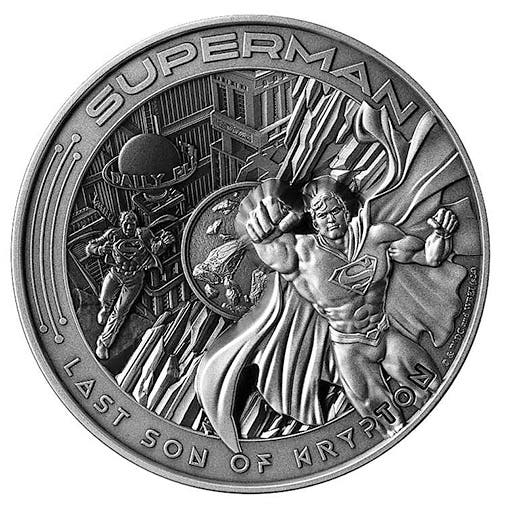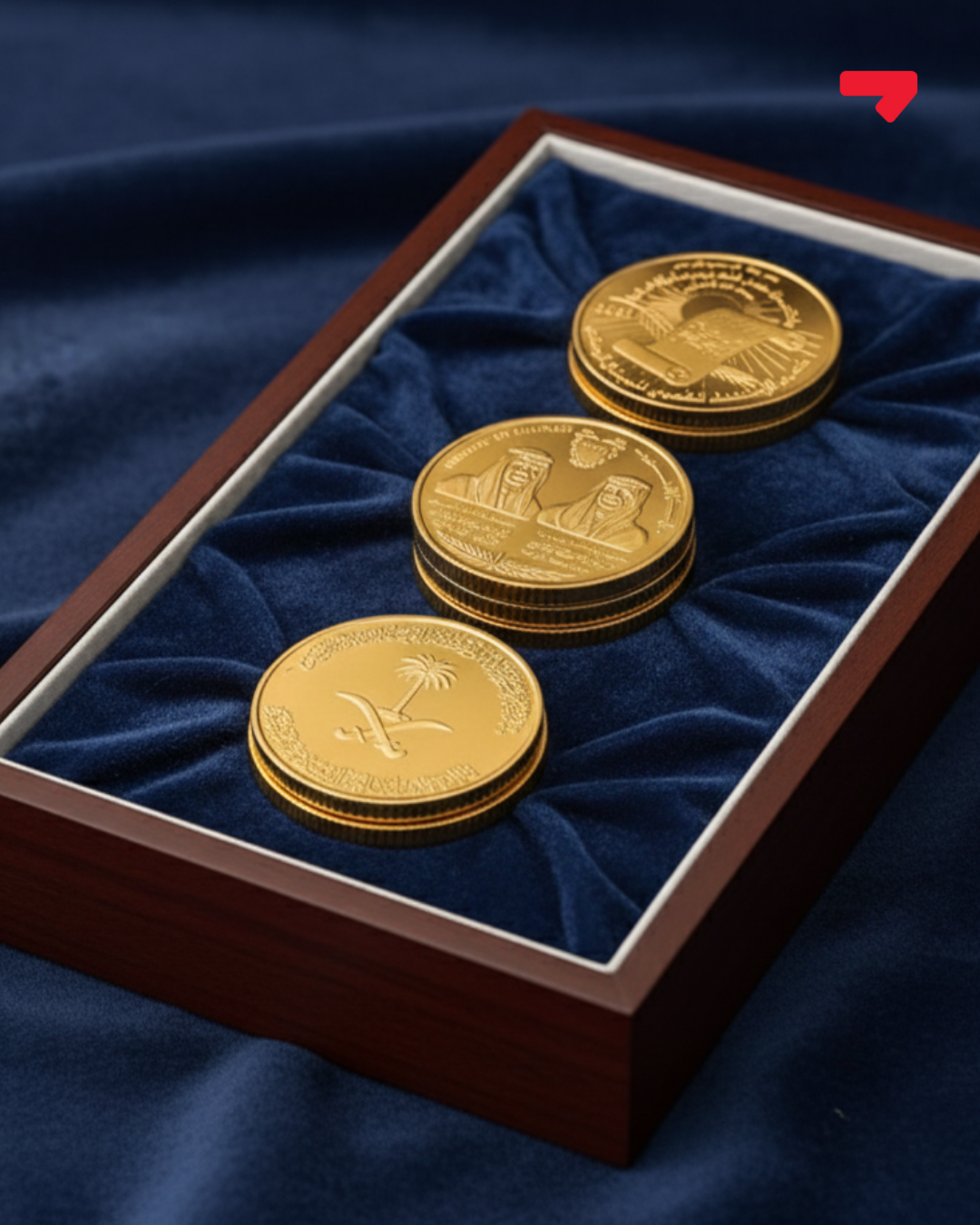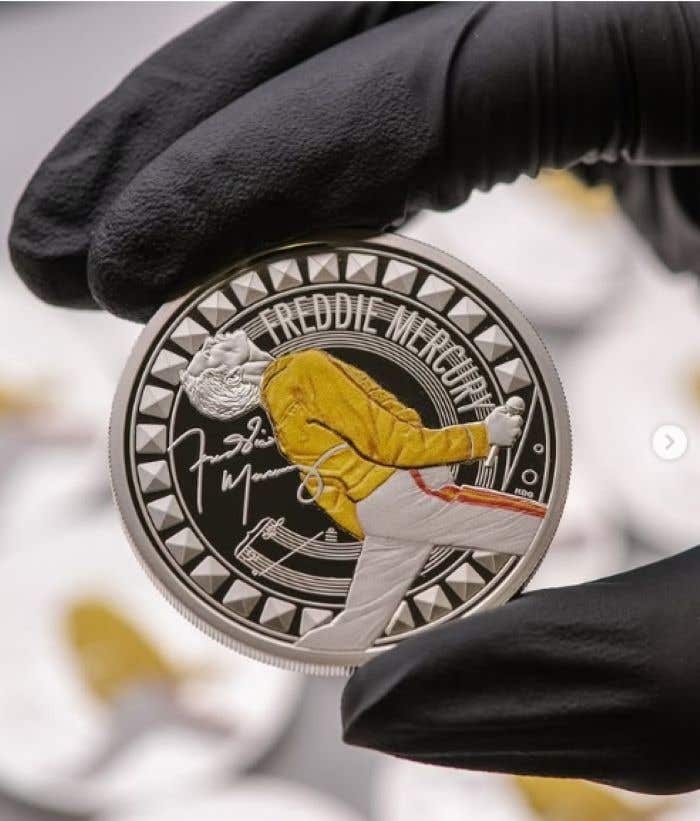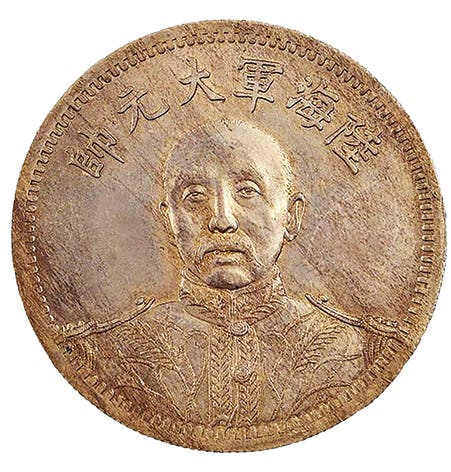Overestimated Illicit Trade in Coins
The generally accepted number of ancient coins and other antiquities that are being illegally excavated and smuggled out of the country of their origin is being questioned.
In February 2016, the United Nations Security Council unanimously passed Resolution 2199, obligating member states to take steps to prevent terrorist groups in Iraq and Syria from receiving donations and from benefiting from trade in oil, antiquities, and hostages.
On April 19, 2016, the Task Force to Investigate Terrorism Financing hearing before the U.S. House of Representatives Committee on Financial Services was published. The objective of the committee was to “prevent cultural genocide.”
On December 15 of the same year, the U.S. Attorney for the District of Columbia filed a civil complaint seeking forfeiture of “multiple antiquities associated with the Islamic State of Iraq and the Levant and alleging that ISIL markets and sells antiquities to finance its terror operations.”
A press release from the attorney’s office includes the statement: “The cache represents significant primary evidence of looting at archaeological sites in Syria and Iraq, theft from regional museums, and the stockpiling of these spoils for likely sale on the international market.”
The press release continues, “The looted materials, which were returned to the Iraq National Museum, included coins, pottery, glass, ivory, stone, jewelry, figurines, bowls, and manuscripts.”
In an April 13, 2023 statement, the Organization for Security and Co-operation in Europe said, “In recent years, criminals and terrorists have made significant financial profits from the trafficking of art, antiquities, and irreplaceable cultural property...It has been documented that one of the ringleaders of the 9/11 attacks, Mohammed Atta, was selling Afghan antiquities in Hamburg in the six months prior to the attack. The group behind the 2015 Bataclan attack in Paris and the 2016 Brussels airport attack are also suspected of having sold art stolen from properties around Europe to finance their operations.”
Add to that British coin dealer Richard Beale admitted to two counts of conspiracy and three counts of criminal possession of stolen property in a New York Supreme Court on August 14 for assigning a fake provenance to some allegedly ancient coins, with coin dealer Italo Vecchi; that “nighthawks” appear to be looting the remains of the site of the Le Catillon II hoard on the Bailiwick of Jersey; and that the U.S. State Department now has Memorandum of Understanding with Algeria, Bulgaria, China, Cyprus, Egypt, Greece, Iraq, Italy, Jordan, Libya, Morocco, Syria, and Yemen regarding antiquities. From all this, it might be easy to agree with the claim the illicit trade in antiquities (including coins) is the third largest illicit trade internationally.
You may also like: Ancient Coin Seizures Gain Attention
Is it the museums and collectors that should be considered the bad guys, or is it the crusading archaeologists and law enforcement?
Just how many and how much value in ancient coins as well as other antiquities, is being illegally excavated and smuggled out of the country of their origin has been in question. In a June 29 paper written by Donna Yates and Neil Brodie published through Cambridge University Press titled “The Illicit Trade in Antiquities is Not the World’s Third-largest Illicit Trade: a Critical Evaluation of a Factoid,” some of what has become gospel on the subject is challenged.
What may be surprising is that Yates and Brodie are part of the archeological lobby that has been pushing for restrictions on collectors. Their paper was described by ancient coin-collecting advocate and attorney Peter Tompa as “very late in admitting that many of these claims are overblown.”
According to Yates and Brodie, “The authors find that the claim is not based on any original research or statistics, and it does not originate with any competent authorities.”
Yates and Brodie state that an October 2020 UNESCO publication claiming the illicit trade in antiquities is worth between $4 billion to $11 billion “has been thoroughly debunked.” The authors cite reports by the Rand Corporation and Mackenzie & Yates. The authors note the $4 billion to $11 billion value Rand Corporation and the European Commission estimate “(legal and illegal)—the two are inseparably mixed.”
The authors also note the Mackenzie & Yates statistics indicate that “antiquities trade, excluding coins, is globally worth a few hundred million U.S. dollars annually.”
Yates and Brodie don’t deny there is illicit trade in coins and other antiquities, but they challenge the claims this is the third largest area of illicit trade (behind drugs and arms) internationally.
Stories can become embellished as they are retold. Yates and Brodie said, “We have observed the ‘third largest’ claim appear repeatedly and consistently in submissions to academic journals and in grant applications,” continuing, “Through the 1980s and 1990s the popular press continued to promote the claim.”
According to the Cambridge paper, “UNESCO has also been presented as the source of this factoid, and its promotion of this claim has prompted significant criticism in trade and academic circles.”
You may also like: UNESCO is Not Your Friend
Elsewhere in the paper, the authors say, “We agree with the trade’s hostility towards the various unsubstantiated factoids that are used to describe the antiquities trade, including the ‘third largest,’” concluding, “We need high-quality data and expert analysis to replace the factoids that are presently embedded in the public discourse.”
In 2019 the largest illicit seizure of coins was in Turkey, this being 3,963 Byzantine coins valued at $324,148. The seizure represented 31.5 percent of all cultural heritage property seizures for that year.




